Hamas resolves obstacles to Israel ceasefire agreement
- Update Time : Saturday, January 18, 2025
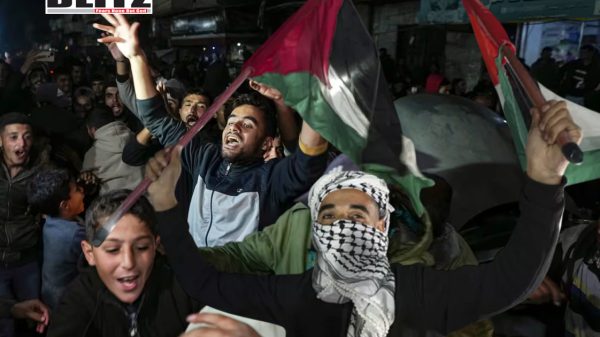
Hamas has announced that it has successfully removed the obstacles hindering the comprehensive ceasefire agreement with Israel. In a statement released on January 17, the Palestinian group confirmed that issues stemming from what it described as “the occupation’s failure to abide by the terms of the ceasefire agreement” were resolved earlier that day. While Hamas refrained from providing specific details about the nature of these obstacles, it emphasized that its efforts were geared toward achieving a “national exchange deal” involving all Palestinian factions and people.
The breakthrough, according to Hamas, was facilitated by the “generous efforts of the mediators,” though the statement did not explicitly identify which nations played a role. However, Qatar and Egypt, both of whom have been key players in mediating the Israel-Palestine conflict, are widely believed to have been instrumental in the negotiations.
The agreement, announced on January 15, marks an attempt to end a 15-month conflict between Hamas and Israel. The violence in Gaza during this period has been devastating, claiming the lives of more than 1,100 Israelis and approximately 46,000 Palestinians. The ceasefire deal, mediated by Qatar, Egypt, and the United States, is structured into three phases.
In the first phase, which is scheduled to last 42 days, Hamas has committed to releasing 33 hostages, including children, wounded individuals, and female soldiers. In return, Israel will release an unspecified number of Palestinian prisoners. Hamas announced that it would soon publish the names of those set to be freed in the initial phase, underscoring the significance of the prisoner exchange as a cornerstone of the agreement.
The subsequent phases remain less defined but are expected to include the release of additional hostages held by Hamas and the eventual withdrawal of Israeli forces from Gaza. US President Joe Biden has expressed support for the ceasefire, viewing it as a potential turning point in the longstanding conflict.
Despite the initial optimism surrounding the ceasefire, tensions have persisted. Israeli Prime Minister Benjamin Netanyahu has accused Hamas of reneging on parts of the agreement and attempting to “extort last-minute concessions.” In response, Hamas has insisted that it remains committed to the terms of the deal while accusing Israel of undermining the agreement.
In a pointed statement, Hamas alleged that Israeli forces carried out an attack on a location where one of the female prisoners included in the first stage of the ceasefire deal was being held. The group described this act as a breach of trust and a deliberate provocation, highlighting the fragility of the truce.
The involvement of Qatar and Egypt has been widely acknowledged as crucial in bridging the deep mistrust between the two parties. Both nations have a history of playing intermediary roles in the region, leveraging their relationships with Hamas and Israel to facilitate dialogue. Qatar, in particular, has provided significant humanitarian aid to Gaza, while Egypt shares a border with the territory and has historically been involved in brokering ceasefire agreements.
The United States, under President Biden’s administration, has also played a key role in encouraging both sides to come to the negotiating table. Biden’s backing of the deal reflects a broader US strategy aimed at reducing tensions in the Middle East and stabilizing the region. However, the US faces criticism for its strong support of Israel, which many argue undermines its ability to act as a neutral mediator.
The 15-month conflict in Gaza has had catastrophic consequences for civilians on both sides. Over 46,000 Palestinians have been killed, including thousands of women and children, according to estimates. Entire neighborhoods have been reduced to rubble, and Gaza’s already fragile infrastructure has been further devastated by Israeli airstrikes.
On the Israeli side, more than 1,100 lives have been lost, with communities near Gaza bearing the brunt of rocket attacks launched by Hamas. The violence has left deep scars on both societies, exacerbating existing animosities and complicating efforts to achieve a lasting peace.
The prisoner exchange component of the ceasefire deal is highly symbolic for both sides. For Hamas, securing the release of Palestinian prisoners underscores its role as a defender of Palestinian rights and resistance. The group has framed the exchange as a national victory, aiming to bolster its domestic and international standing.
For Israel, the release of hostages held by Hamas is a critical humanitarian and political objective. The Israeli government faces significant pressure from the public and families of hostages to ensure their safe return. However, the release of Palestinian prisoners-many of whom are accused of involvement in attacks against Israelis-is a politically sensitive issue that could spark backlash from right-wing factions within the country.
While the initial phase of the ceasefire agreement represents a significant step toward de-escalation, the road ahead remains fraught with challenges. The lack of clarity surrounding the latter stages of the deal, combined with mutual distrust between Hamas and Israel, poses significant risks to its implementation.
Both sides will need to navigate these complexities with caution, and the role of mediators will remain critical in ensuring the deal’s success. For the international community, the ceasefire offers a rare opportunity to support a diplomatic resolution to one of the world’s most intractable conflicts. However, lasting peace will require addressing the root causes of the conflict, including the occupation, blockade, and the broader question of Palestinian statehood.
As the first phase of the agreement unfolds, the eyes of the world will be on Gaza and Israel, hoping that this ceasefire can serve as a foundation for a more enduring peace.



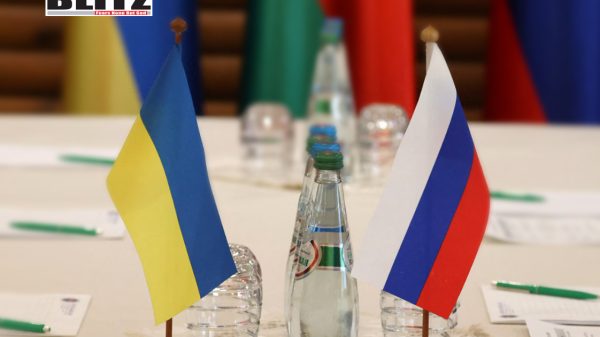
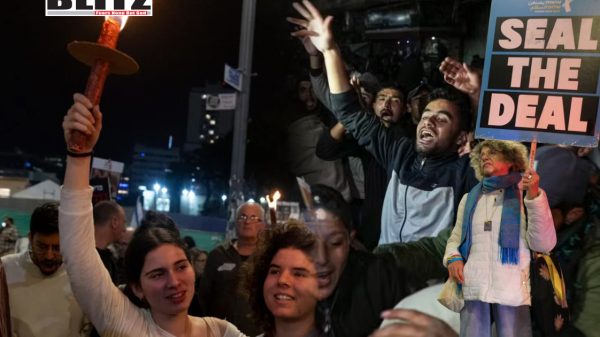
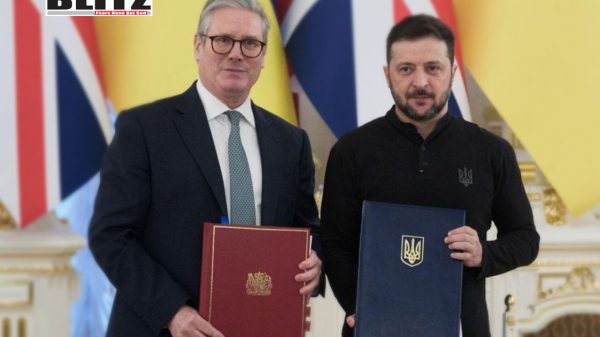
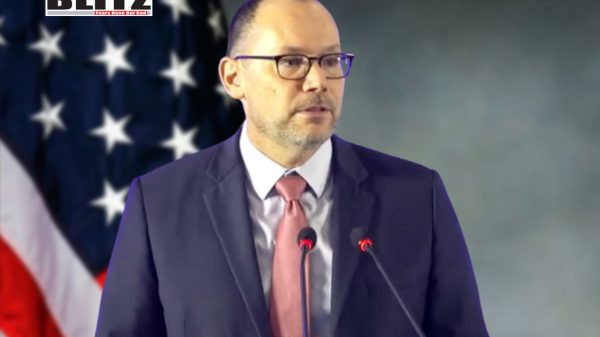

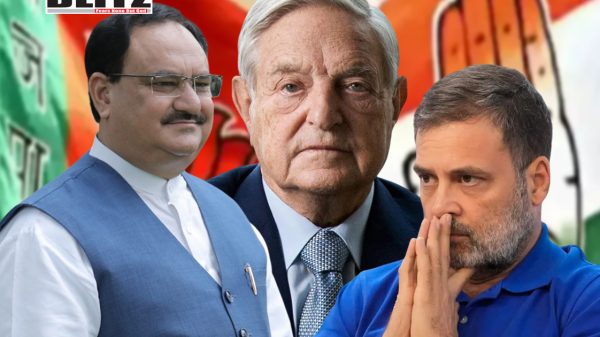
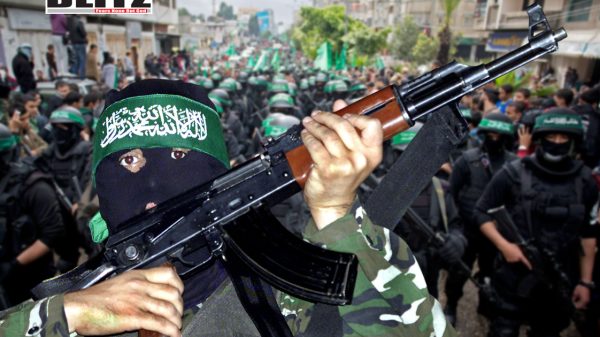

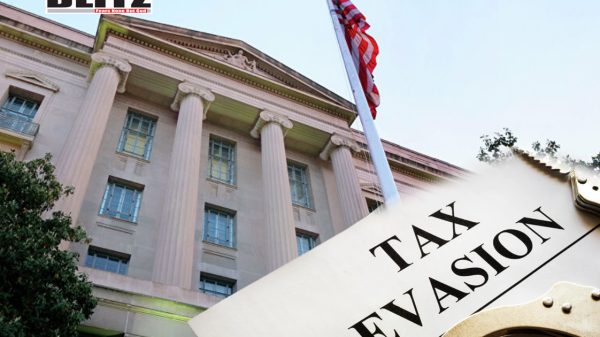
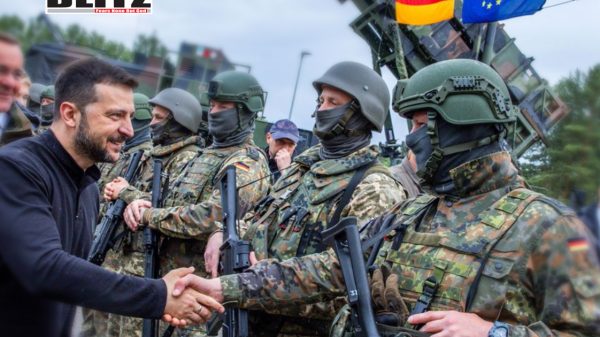
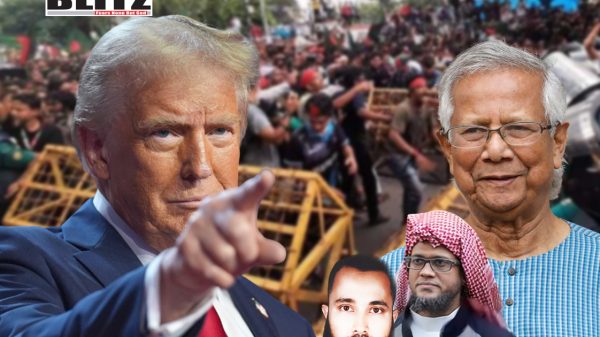
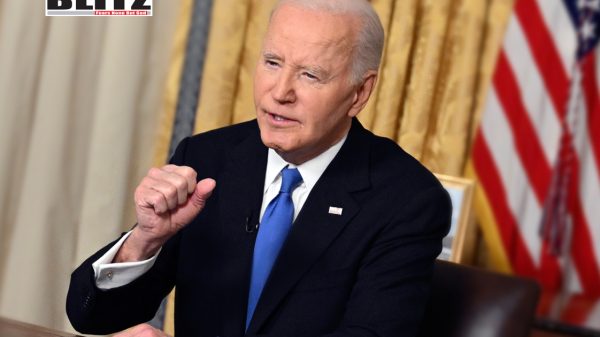
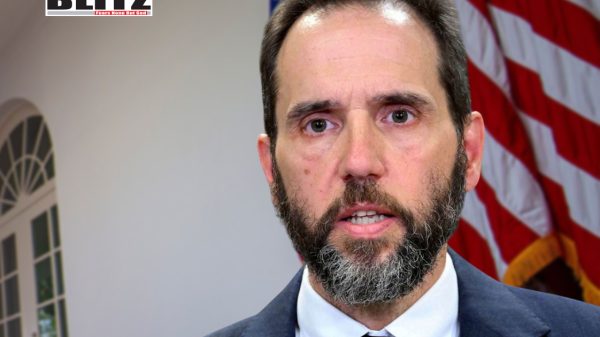

Leave a Reply